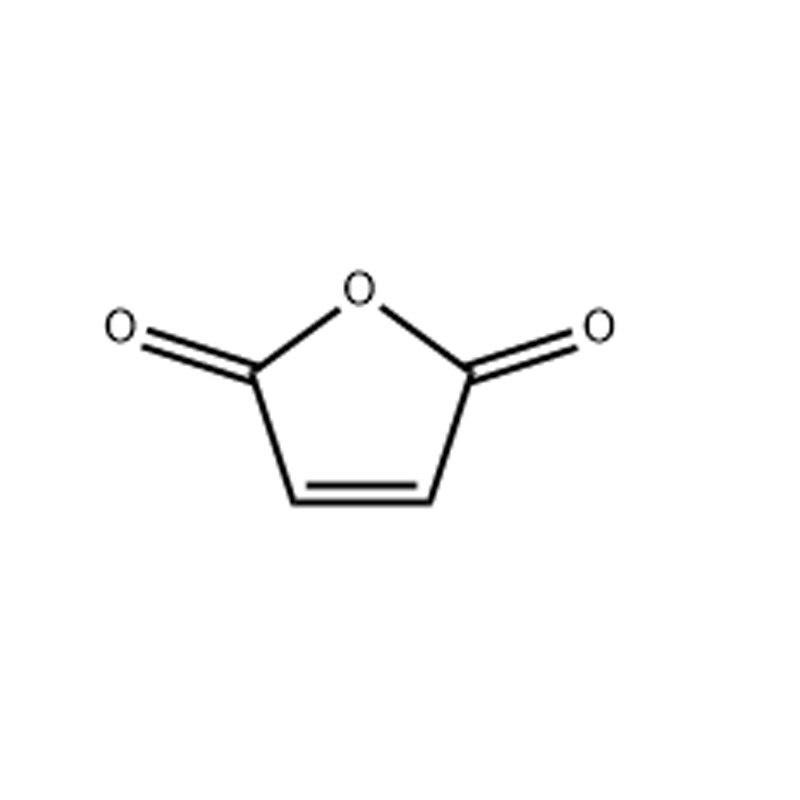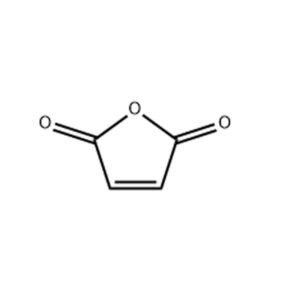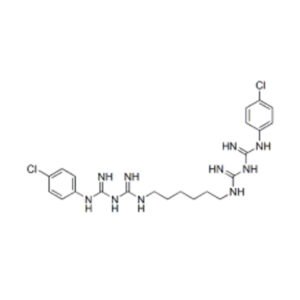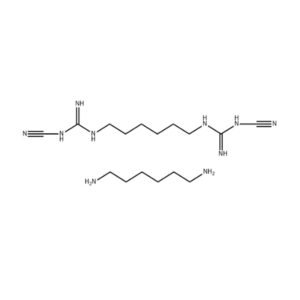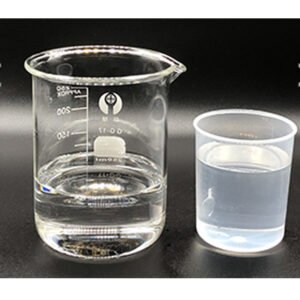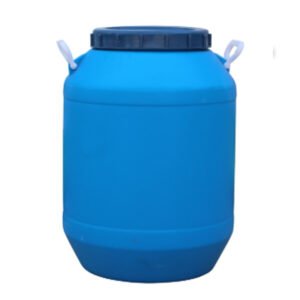CAS: 108-31-6
Alias: Maleic acid anhydride; Toxilic anhydride
Molecular formula: C₄H₂O₃
Relative molecular mass: 98.06
1. Product Property
Maleic anhydride, abbreviated as EMA, also known as “trans-butenedioic anhydride”, is the anhydride of trans-butenedioic acid. At room temperature, it is a sour-tasting colorless or white solid, with the molecular formula C4H2O3. Its molecular weight is 98.06. It is obtained as needle-like crystals from chloroform or ether. The melting point is 60°C, the boiling point is 82°C (1.8665 kPa), and the relative density is 1.31460. It is soluble in acetone, chloroform, and ether, and slightly soluble in petroleum ether. It dissolves in water to form trans-butenedioic acid, and forms esters when dissolved in alcohol, and can undergo diene synthesis reactions with compounds containing conjugated double bonds. It is toxic and strongly irritates the mucous membranes.
2. Quality Standard
| Parameter | Specification |
| Appearance | White crystalline solid |
| Purity (GC) | ≥ 99.5% |
| Acidity (as acetic acid) | ≤ 0.005% |
| Water Content | ≤ 0.1% |
| Density (20°C, g/cm³) | 1.48 g/cm³ |
| Refractive index | 1.420–1.424 |
| Residue on evaporation | ≤ 0.005% |
3. Application Scope and Usage
Adiponitrile is used in the synthesis of dienes, in the production of drugs, pesticides, dye intermediates, as well as in the production of polyester resins, alkyd resins, maleic acid and other organic acids. It is also used as a preservative for fats and oils, and is a raw material for unsaturated polyester resins, alkyd resins, and long-lasting iodamine. It is also a copolymer monomer for unsaturated polyester resins, alkyd resins, and maleic anhydride-polymaleic anhydride copolymers. It is also an organic chemical raw material for producing ink additives, papermaking aids, plasticizers, tartaric acid, fumaric acid, tetrahydrofuran, etc.
4. Package and Storage
Maleic anhydride is typically packaged in 25 kg polypropylene bags or 500 kg flake bags. For storage, it should be kept in a cool, dry, and well-ventilated area, away from heat sources and direct sunlight. The storage temperature should not exceed 25°C to ensure stability. It is crucial to store it in a way that prevents moisture ingress and contamination.

